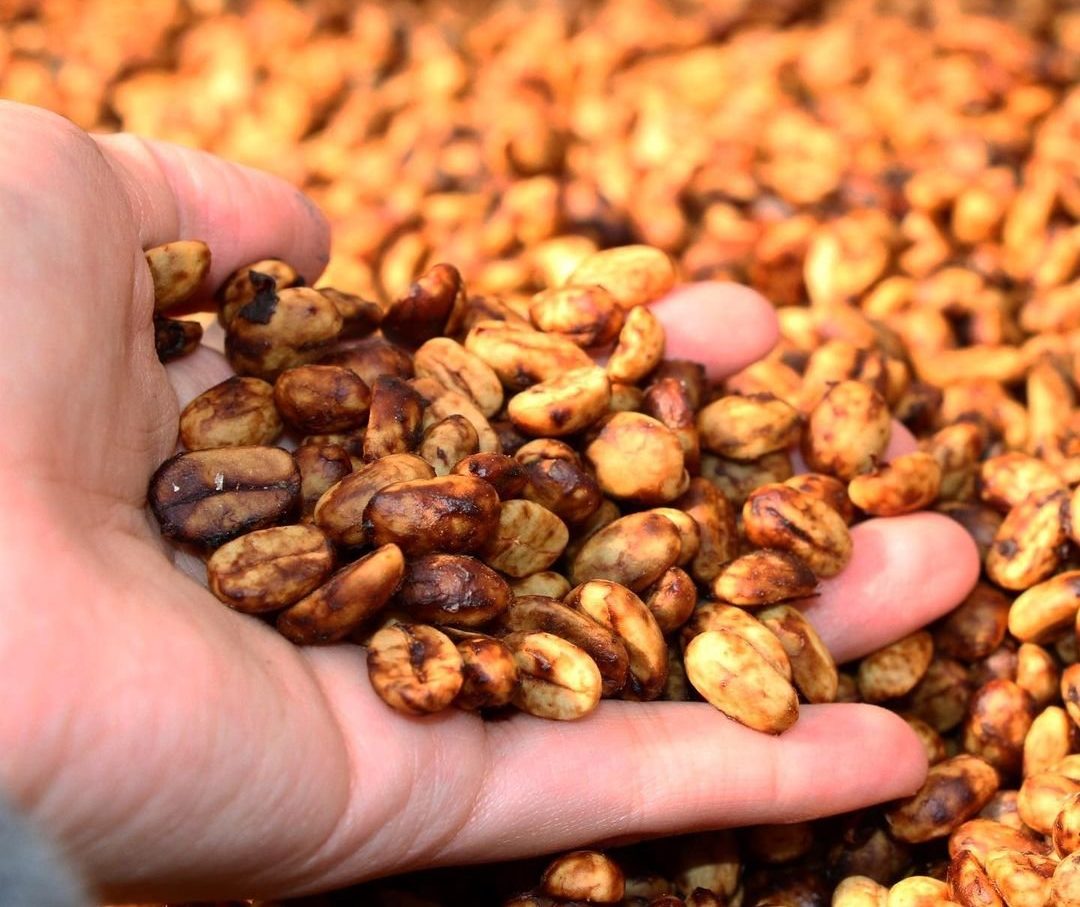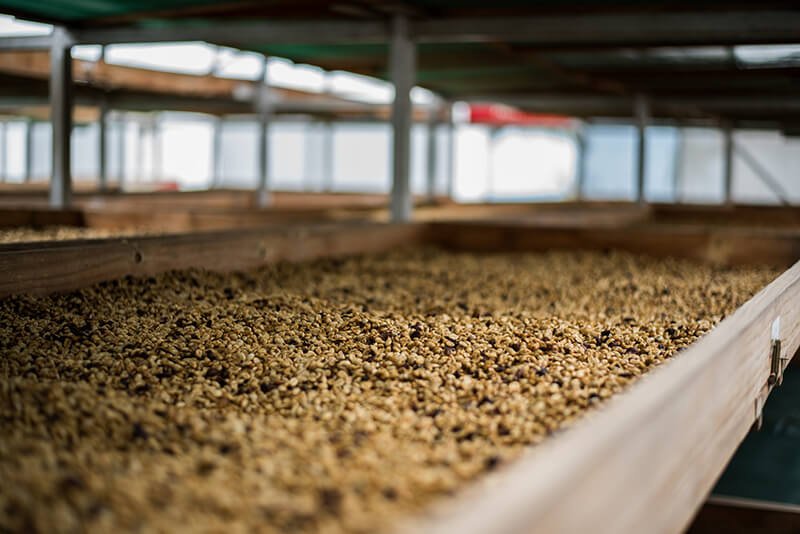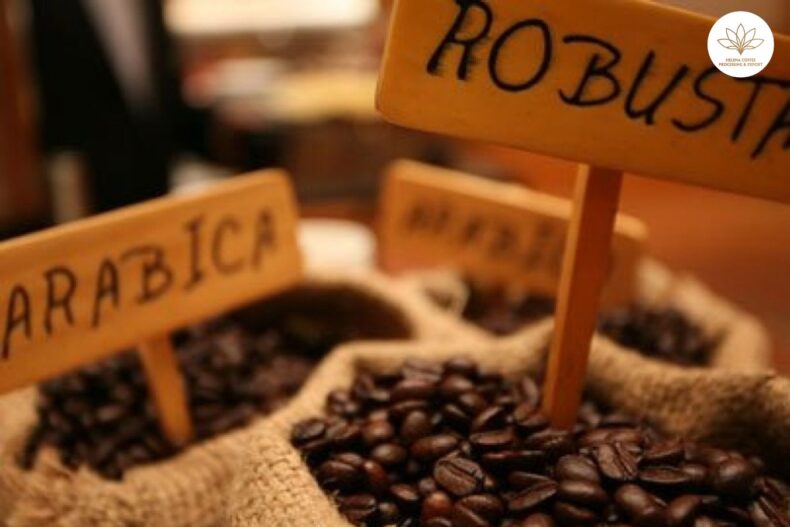
Honey process coffee: Weet sells method – The semi-wet coffee processing method, also known as the Honey method, originated in Costa Rica because of its effectiveness in improving coffee quality.
This method is widely applied in Central American countries and presents a solid foundation.

The word “honey” refers to the coffee processing method and is sometimes misleading. No honey ingredients are used in all stages of the process.
With the semi-wet pre-processing method, the harvested coffee cherries are removed from the skin and part of the inner flesh, and the beans are dried on a drying rack or yard for a certain period.
The kernel’s remaining pulp accelerates the fermentation process compared to natural (dry/natural) processing methods. Mucus is rich in acids and sugars.
Also, because of the addition of this part, the coffee beans have a balanced overall sweetness, which is superior to other methods. When carried out in the right way and on schedule, the Honey prep method creates an excellent property, the perfect combination of dry and wet prep.

The drying step is the decisive step for the semi-natural method. In this way, it is possible to produce different flavors due to the other effects of fermentation.
The drying process is critical because of the high risk of mold growth and defects, so the beans must be turned regularly until the desired moisture content is reached and protected from damage. Insects damaged it.

Coffee farmers establish their rating system for processing their crops. A grading scale is used, which indicates the amount of mucilage remaining on the kernel, typically 40%, 60%, 80%, and 100%.
This system is not officially recognized, as it is relative, and the primary purpose is to help farmers determine their mucus levels.

Along with the percentage rating system, the semi-wet method of processing coffee – Honey is also classified by farmers based on color, which is quite common in Costa Rica.
The percentage of mucilage remaining on the beans affects the color and the variety and complexity of the different flavors. The difference lies in the different mucus layers.
Specifically, for White Honey, it is about 10%, it is about 25%, for Yellow Honey, it is about 50%, for Red Honey, it is about 75%, and for Red Honey, it is about 75%. Black Honey is almost 100%.
The higher the percentage of mucus, the longer the drying period; The intensity and variety of the fragrance will be more intense and complex.
Semi-natural coffee – Honey tends to have a prominent sweetness. This is primarily due to the time the green coffee beans are in contact with the mucilage. These caramelized sugars infuse during the fermentation and drying process.

Coffee prepared with this method has good clarity and medium acidity (just like coffee prepared by the wet method). They also have a great weight, thick body, and wonderful sweetness (like natural pre-processed coffees).


